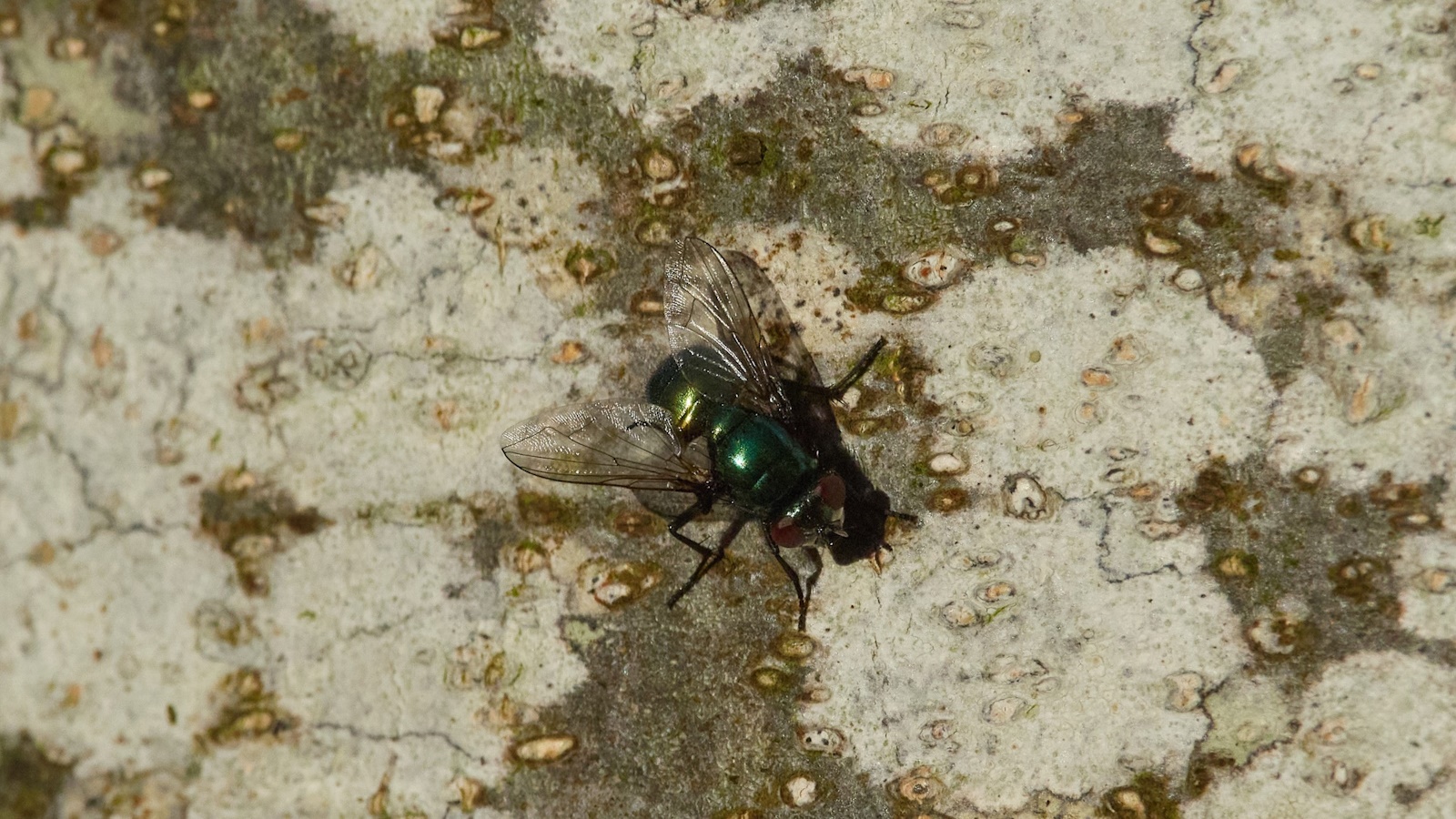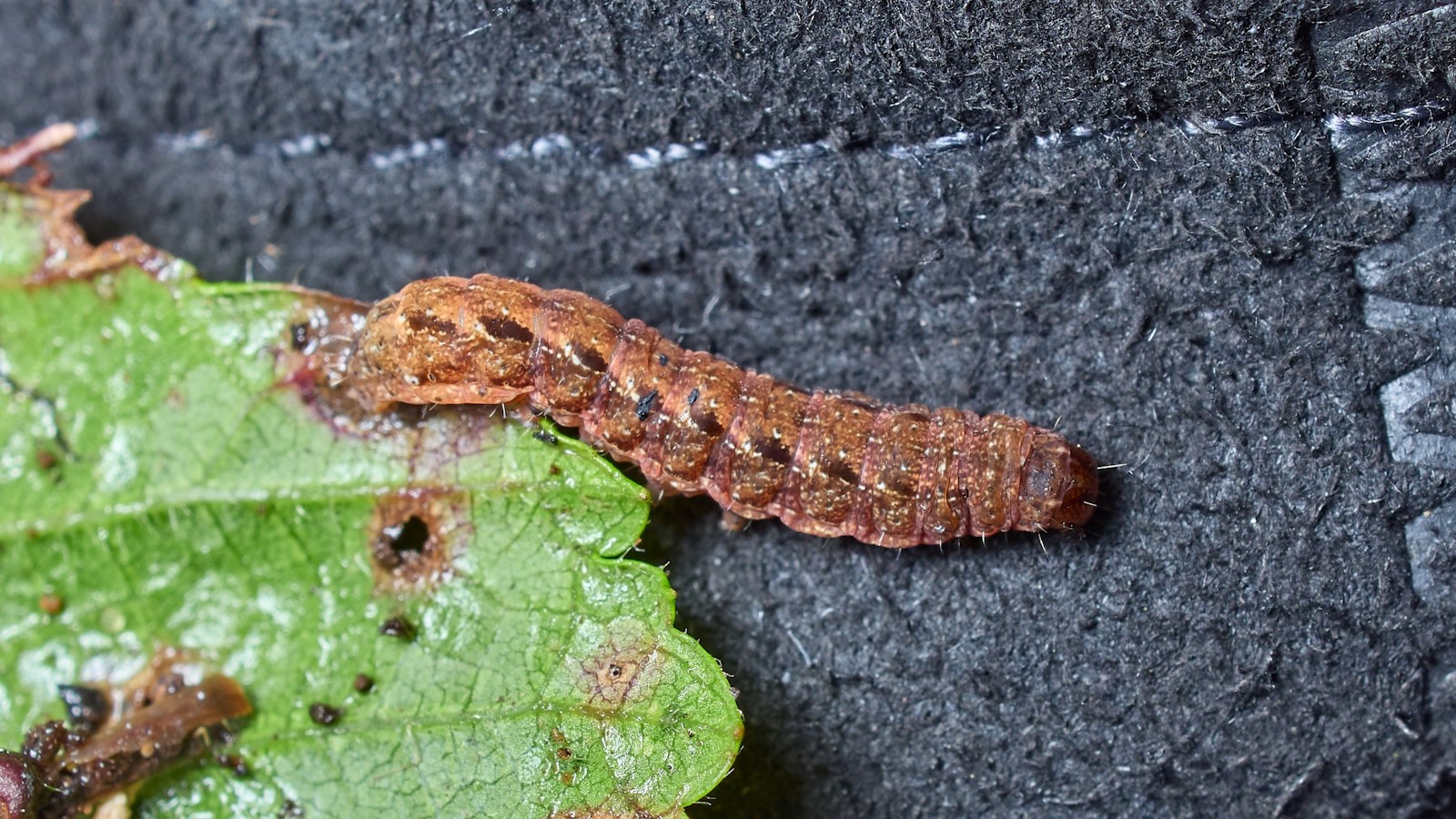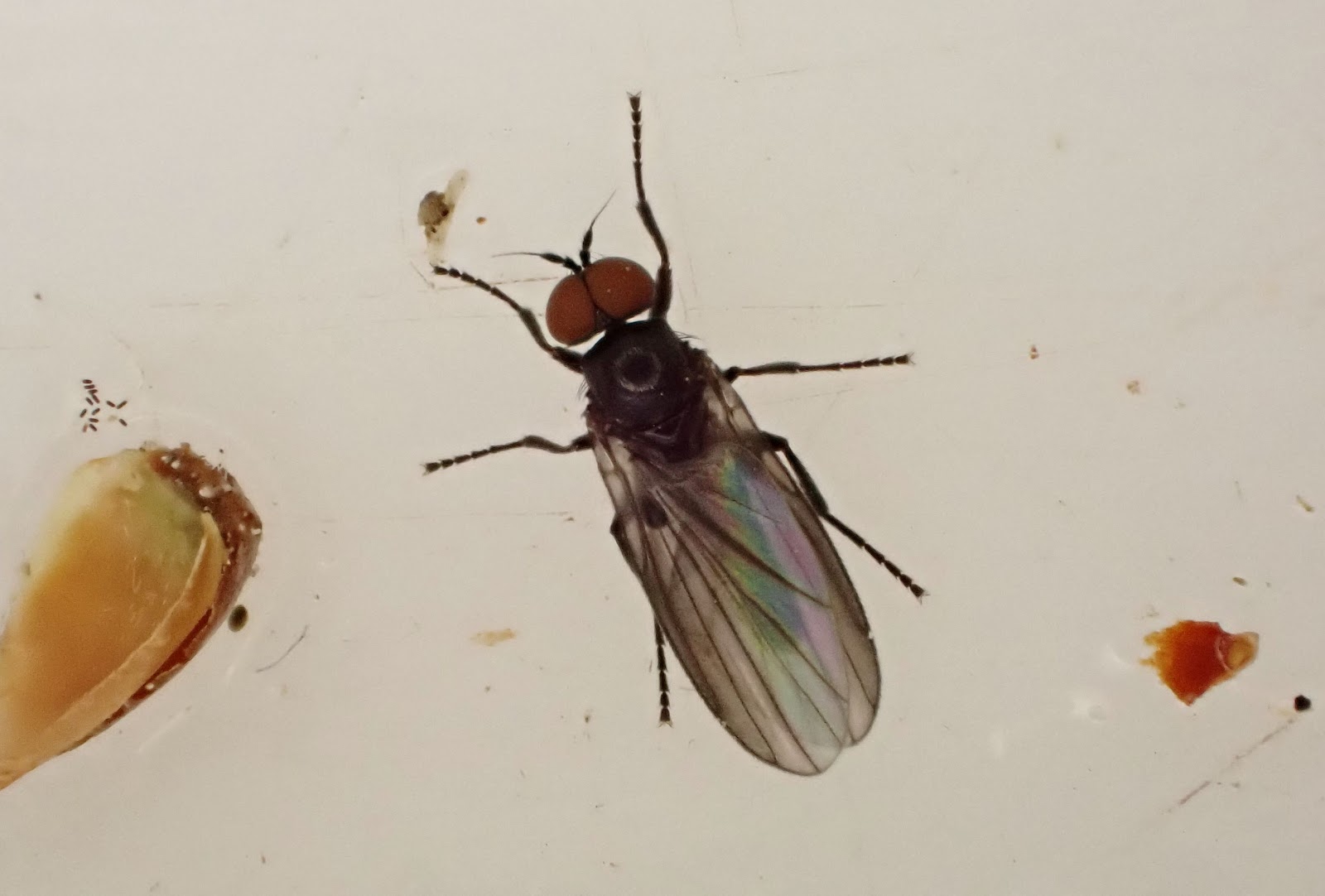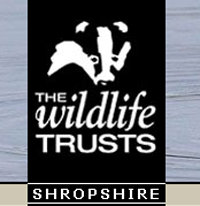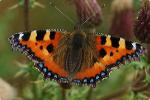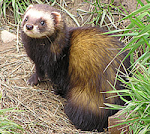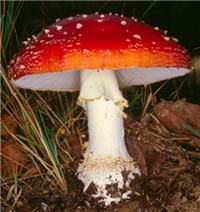Wednesday 22nd January 2025, The Hollies and Brook Vessons
As there are quite a few pictures this week I start with one.
This is an aerial photograph of the area around The Hollies.
Snow Flea update – none were found.
The ultimate aim of this outing was to visit the Shropshire Wildlife Trust’s reserve at Brook Vessons, a site we last visited in 2017.
There is no easy way to get there!
We chose to walk through The Hollies Reserve to reach the site.
But where to park?
The Shropshire Trust website suggests parking in Snailbeach and walking up to the Hollies. But this makes a long walk even longer (and more strenuous). However, there is an area that can be used for parking for a few cars close to the entrance to The Hollies at the northwestern corner. That was the area most of us used, with two members of the group being more adventurous and parking further away.
Kitted up and ready to go we entered The Hollies.
Shortly after entering the path divides into two, and they both lead eventually to Brook Vessons. We decided to take the route that seemed the shortest walk. This took us more or less diagonally across The Hollies to the south eastern corner where we could follow the path as it entered Brook Vessons.
It looked easy… on the map!
Decision made we spent some time exploring The Hollies.
Here are some of the hollies that give the site its name.
Our first stop was by a wall of gorse and the vegetation surrounding it.
Early finds were the pseudoscorpion, Neobisium carcinoides;
Our favourite wasp, Callitula pyrrhogaster;
And a new wasp (for us), identified tentatively as Epicopterus choreiformis.
Pausing from our pursuit of wildlife, we were able to appreciate the view from this elevated site. Especially notable was the cloud "inversion" in the valley below.
As usual we were in danger of lingering near the start unless some leadership was exhibited. I rose to the occasion and moved on.
As usual no-one followed.
But I persisted.
I came to a holly with branches showing different types of leaf.
The lower branch with spiky leaves.
The higher branch with plain leaves.
Why the different leaves?
Eventually the others deigned to join me, and we explored this new area, which was wetter grassland.
What did we find?
A small ladybird often found in grassland, Rhyzobius litura.
A tiny fungus on a dead holly leaf, Marasmius hudsonii, known as the Holly parachute.
A tiny springtail, possibly Isotoma viridis.
A tortoise beetle, Cassida rubiginosa.
And another small springtail, Dicyrtomina ornata.
Once again I realised that at the rate we were making progress we would never reach Brook Vessons. I pressed on.
And on.
And on, reaching a boggy area. Having traversed this, with care, I set up camp and waited.
No-one had followed!
Eventually two people appeared and joined me, but there remained a vast expanse of wilderness between us and the rest.
I tucked into my picnic.
That did the trick!
The rest of the group appeared and settled down for lunch.
We were not yet halfway to Brook Vessons!
The general view was that we wanted to get to Brook Vessons, and it was agreed we would press on after lunch.
And we did…
Almost.
The route from the lunch spot soon took us out of The Hollies. Then passing through a field it took us back in again.
Into a very wet marshy area.
Here we were distracted by two events.
The first was finding huge amounts of Polytrichum moss. As you know already we did not find Snow fleas, but we tried.
The second was the discovery of some droppings and half eaten rushes.
We believe these were caused by a Field vole.
Extracting ourselves from the marsh and almost arriving at Brook Vessons we came across a Holly laden with lichens, including Usnea subfloridana.
We had reached Brook Vessons.
At last!
There was not a sign where we were. We noticed this when we left the site by a different entrance.
There was a lot of Polytrichum by our entrance that was thoroughly searched.
Here is a general view of some of the trees and grassland.
We did not find a lot out and about. A couple of finds were:
A curious looking staphylinid beetle, Pselaphus heisei;
And a weevil that has not yet been identified.’
Another view, this time the more open area of the site looking east-ish from the entrance (and sign) which is to the west, leading onto the Stiperstones.
We did not take the same route back, but the higher route. This was slightly longer, but a much easier walk. And we got fabulous views of the surrounding countryside, bathed in a burst of late afternoon sunshine.
Pontesford and Earl’s Hills.
Looking towards The Wrekin (just poking its head above the mist).
And here is that distant Wrekin.
After a long march we reached our cars and went home.
My thanks to the Shropshire Wildlife Trust for granting us permission to do what we enjoy doing and the photographers for their excellent images and allowing me to use them in this report.


































